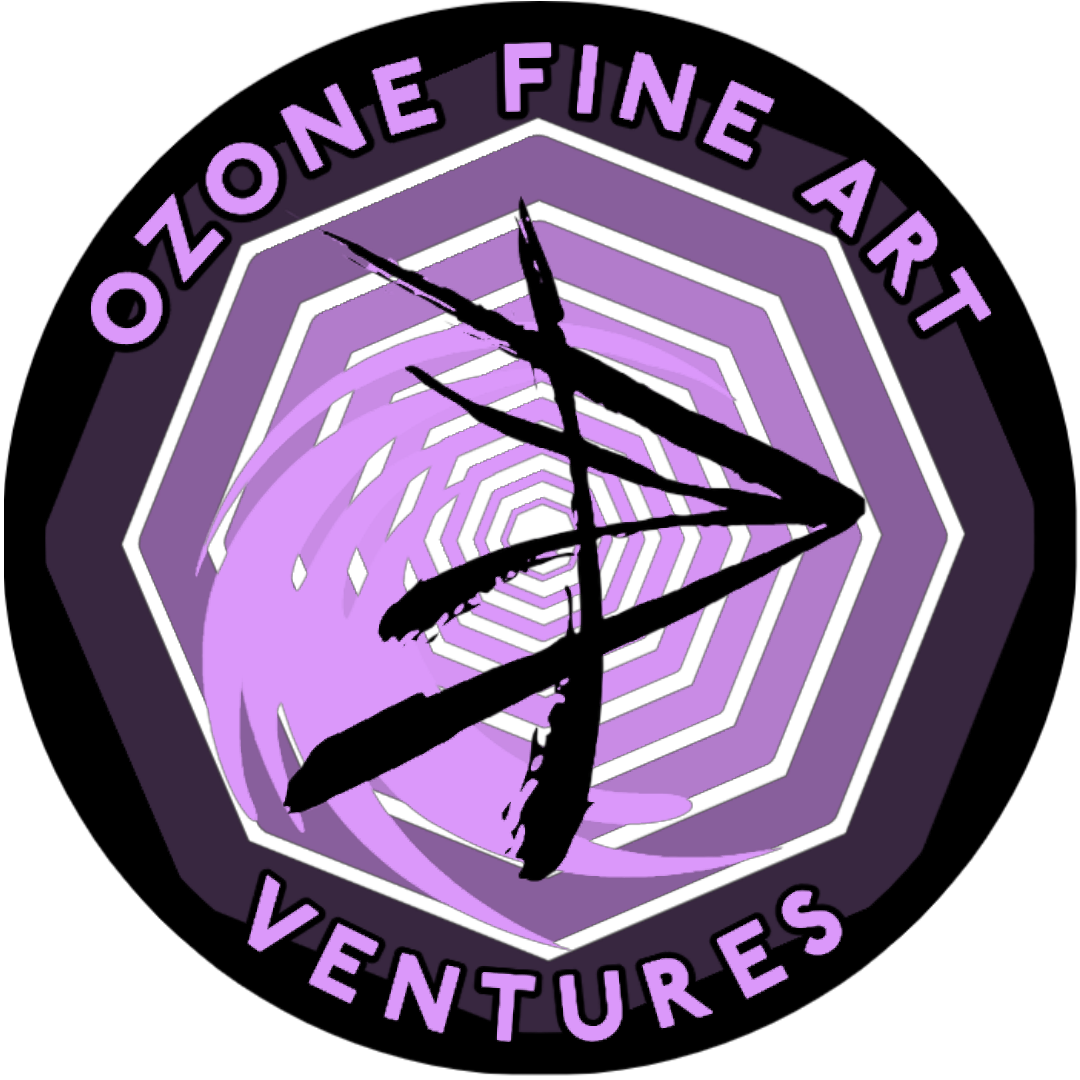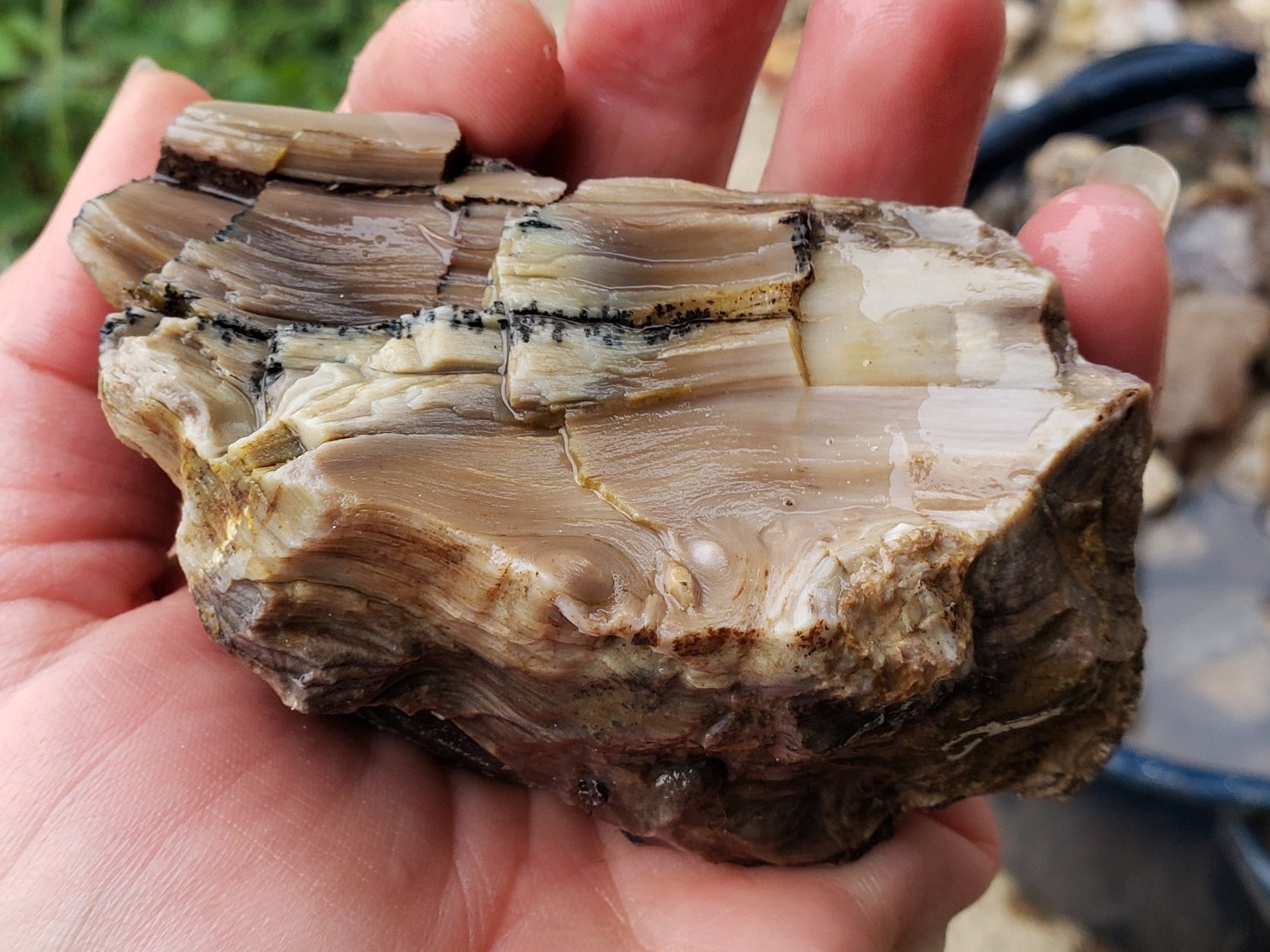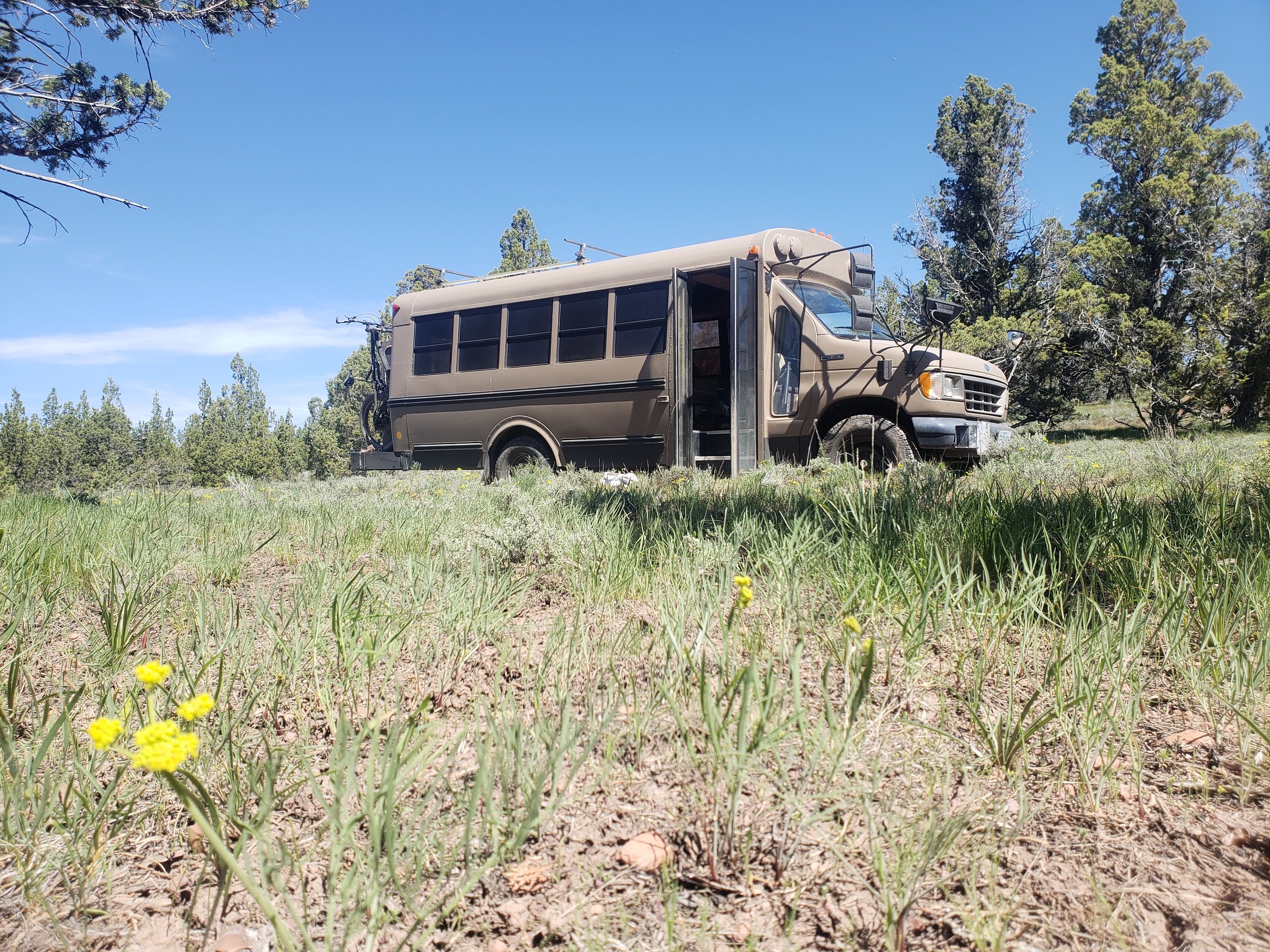Chasing the Butterfly I
A brilliant, crisp bluebird morning hike in the Ochoco Mountains of Central Oregon is better than a cup of coffee, and for me that’s saying something. The smell of dew on young sage warming under the spring sun invites meandering adventures over lupine dappled high desert and under Juniper shade trees. This is all beautiful but I am looking for a butterfly, and not just any butterfly.
Lily under an old Juniper Tree on a beautiful Ochoco morning.
Dendritic Petrified Wood, an older Juniper Tree.
At a glance, the dirt looks normal enough, but on closer inspection, one notices a variety of colors and shapes. Some of the rocks are clear, some have strange textures, or are glassy, and have interesting patterns.
The very ground we’re walking over is a history book. Layers of volcanic activity document the passage of time and the passing of life into fossils. Compelling about our exact location is that ancient, petrified trees are being revealed by erosion, introducing us to their incredible story.
What happened here? Why did these trees get preserved? What does this have to do with butterflies? I will get to that soon.
Not every place in the world has petrified woods, we’re lucky here in Oregon. Pyroclastic events created ideal opportunities for these woods to permineralize over time with silicates in some cases and other woods to be burned out on the spot and filled in with agate! In either case, unique, natural renderings of life are saved forever in stone.
Agate Limb Cast
A Butterfly (wood) up close.
Okay, so enter the Butterfly. The first time I came to this location, I found a pit from someone else’s long lost search for a nice rock log. There were small shards of very glassy and colorful petrified wood around like a pinata had exploded. If you’ve been to Monarch Butterfly migration at a place like Natural Bridges, California, you’ve seen something similar on the ground and up the trees. Upon examination, the wood appeared to be common opal and agate in detailed structure. Unique to these woods were the large, clear agate and quartz filled windows that repeated themselves through the grain.
What species is this? Wouldn’t you love to know? Do you know?
I could have let that nagging question go but I polished up the few I first found and they took a gorgeous shine and showed a lovely array of hues; purple through reds, oranges, yellows, tinges of greens and blues, white and clear with druzy quartz crystals. Fancy as a butterfly’s wing.
Upon trying to identify the wood, I soon realized that unless you have a full specimen, you need to observe its structure at a microscopic level. This picture was taken with the zoom on my phone and a jeweler’s loop. Not bad, eh? Close enough to get some information but not quite close enough for a positive ID. What to do now? Get a big, powerful microscope and figure out what this tree is.
Now enter the dragon. No, not really, just my dad. He got interested in identifying the petrified woods of the area too. So now that the scientist is on board, we are collecting the necessary equipment to cut and do the lapidary to make the slides and get down (really, really close) to some answers.
The structure of the Butterfly.
The trusty Rock-mobile in its natural habitat.
Why is it chasing the butterfly? Because I’ve been back several times to collect more of this exact wood only find a rare sample or two, here and there, for miles. Somewhere, there has to be the whole Mothra…-load.
Here’s the cliffhanger; this is Chasing the Butterfly I because we are actively on the hunt. As we find out details on the nature of the wood and hopefully find more wood, I will add to the story. More soon as we venture out to the high desert and into the frontiers of the microscopic world. Meanwhile, check out New Jewelry to see some other petrified woods becoming gems and What’s New to see other artistic expressions of the trees at large.
Cheers!










